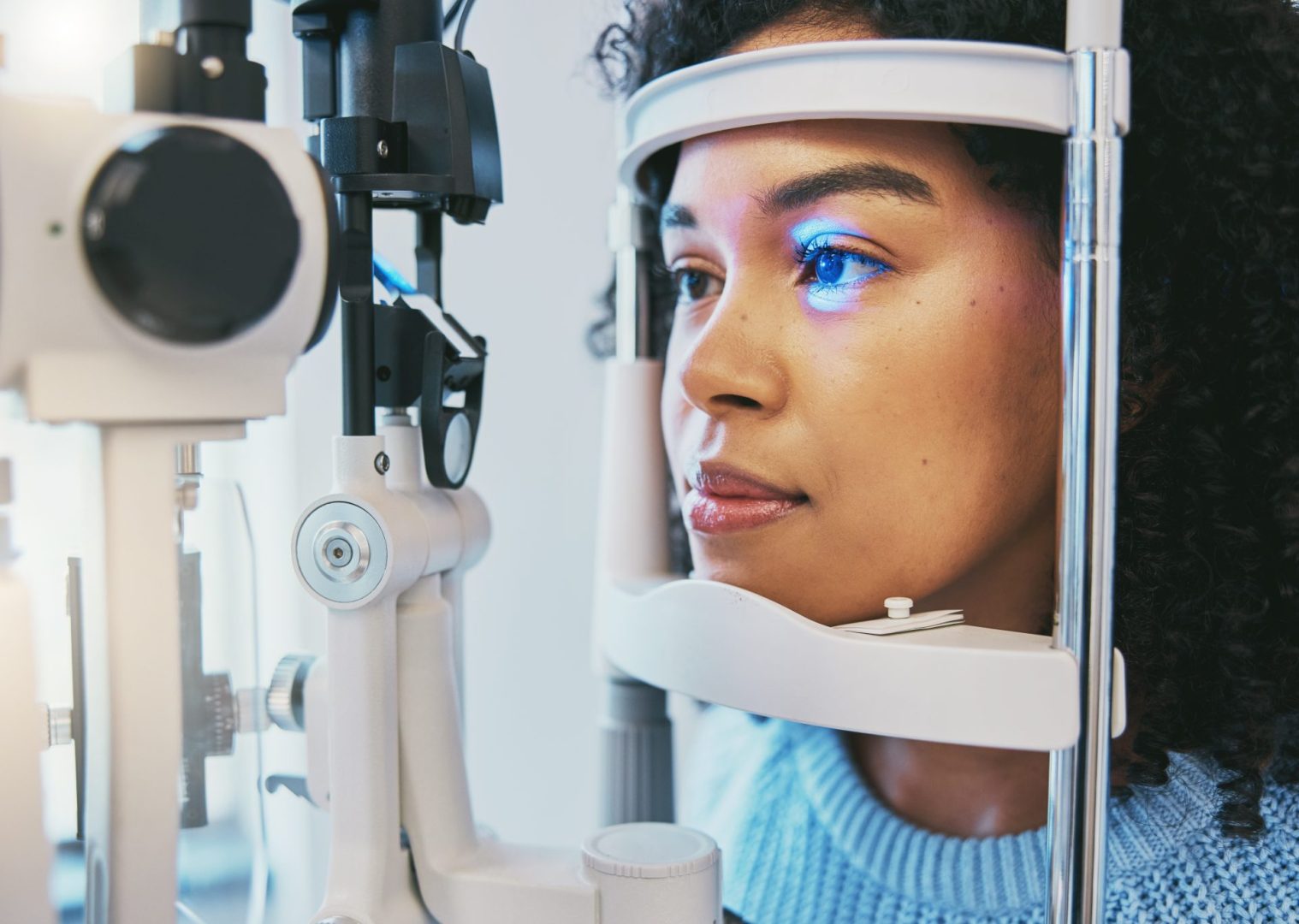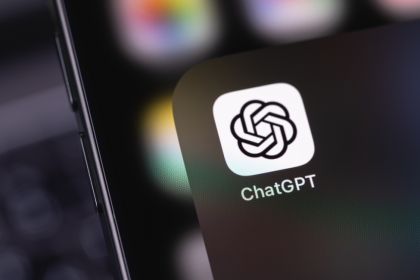Artificial intelligence continues to revolutionize health care, and vision care stands at the forefront of this technological transformation. Modern AI applications offer new possibilities for detecting, monitoring, and treating various eye conditions. These innovations make eye care more accessible and efficient while improving diagnostic accuracy.
1. Early detection of eye conditions
AI-powered screening tools now detect early signs of common eye conditions before they become serious problems. Using advanced image recognition technology, these systems analyze retinal scans and other eye imaging with remarkable precision.
These tools particularly excel at identifying conditions like diabetic retinopathy, glaucoma, and age-related macular degeneration during routine screenings. Early detection allows for prompt intervention, often preventing or minimizing vision loss that might otherwise occur.
2. Personalized vision correction
AI algorithms now help create highly personalized vision correction solutions. By analyzing multiple data points about an individual’s eye structure, visual habits, and lifestyle factors, AI systems recommend more precise prescriptions for glasses and contact lenses.
These personalized approaches consider factors like digital device usage, work environment, and daily activities to optimize vision correction for specific needs. This results in better visual comfort and reduced eye strain throughout the day.
3. Real-time vision assistance
AI-powered applications and devices provide real-time assistance for people with visual impairments. These tools can describe surroundings, read text aloud, and identify objects or faces, significantly improving daily independence for those with vision challenges.
Advanced computer vision algorithms help these assistive technologies become more accurate and responsive over time, learning from user interactions to provide better support. This technology particularly benefits those with progressive vision conditions.
4. Treatment monitoring and adjustment
AI systems excel at monitoring treatment progress and suggesting adjustments to eye care plans. These tools track changes in vision over time, helping eye care professionals make more informed decisions about treatment modifications.
The technology analyzes patterns in vision changes, medication responses, and lifestyle factors to optimize treatment strategies. This data-driven approach leads to better outcomes and more efficient use of treatment resources.
5. Digital eye strain prevention
As digital device usage increases, AI applications help prevent and manage digital eye strain. Smart systems monitor screen time, viewing distances, and environmental factors to provide personalized recommendations for maintaining eye health.
These applications can adjust screen brightness and contrast, remind users to take breaks, and suggest optimal viewing positions based on individual habits and needs. This proactive approach helps preserve vision health in our increasingly digital world.
The role of data in vision care
AI systems continually learn from vast amounts of eye health data, improving their ability to detect patterns and predict potential issues. This growing knowledge base enhances the accuracy of diagnoses and treatment recommendations.
Privacy-protected data sharing between eye care providers helps these systems become more sophisticated, leading to better understanding of various eye conditions and more effective treatment approaches.
Integration with traditional eye care
AI technology works alongside traditional eye care practices, enhancing rather than replacing the expertise of eye care professionals. This collaboration leads to more comprehensive care delivery and better patient outcomes.
Eye care professionals use AI insights to make more informed decisions while maintaining the critical human element in vision care. This balanced approach ensures optimal results for patients.
Accessibility and affordability
AI-powered solutions often make vision care more accessible to underserved populations. Remote screening and monitoring capabilities help reach people who might otherwise lack access to regular eye care.
These technologies can reduce the cost of certain eye care services, making regular vision monitoring more affordable for many individuals. This increased accessibility helps prevent vision problems through earlier intervention.
Future developments
Ongoing research continues to unveil new applications for AI in vision care. Emerging technologies promise even more precise diagnostic tools and treatment options, potentially revolutionizing how we approach eye health.
These developments include advanced imaging techniques, more sophisticated prediction models, and innovative treatment approaches that could significantly impact vision care outcomes.
The importance of regular monitoring
While AI provides powerful tools for vision care, regular professional eye examinations remain essential. These technologies work best as part of a comprehensive eye care strategy that includes routine professional oversight.
Regular monitoring helps track changes in vision health and ensures that AI-powered solutions continue to meet individual needs effectively.
Looking ahead
As AI technology continues to evolve, its applications in vision care will likely expand further. This ongoing development promises even more effective tools for maintaining and improving eye health.
Understanding these technological advances helps individuals make informed decisions about incorporating AI-powered solutions into their vision care routine while maintaining appropriate professional oversight for optimal results.















